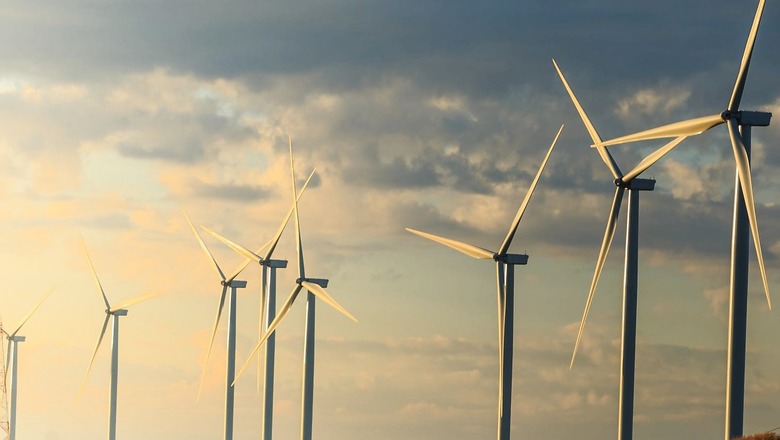
views
Parliament is the temple of democracy and parliamentary procedures the rites by which the will of the people is translated into practice. But the terms and jargon involved in Lok Sabha and Rajya Sabha processes can be difficult to grasp. The News18 series, House Talk, brings you a ready reckoner to make sure that none of it is Greek to you.
The ongoing Monsoon Session of Parliament will see the tabling of 24 bills including the Energy Conservation (Amendment) Bill, 2022, which stresses promoting clean energy and use of clean hydrogen.
With climate change being the bogeyman that all developed countries are wary of, India has been vocal on global platforms that the crisis can be solved through global collective force and multilateralism.
The ministry of power had last year proposed changes to the energy conservation bill, which included defining how much of renewable energy can an industrial unit or an establishment spend in the overall consumption.
With India targeting to reduce about 550 MT Carbon Dioxide by 2030 and achieve more than 40% cumulative electric power installed capacity from non-fossil energy resources, it is imperative that green hydrogen be used as an alternate fuel.
The amendments would also facilitate development of carbon market in the country and prescribe minimum carbon usage either as direct consumption or through grid.
“Amidst the growing energy needs and changing global climate landscape, the Government of India has identified new areas to achieve higher levels of penetration of renewable energy by proposing certain amendments to Energy Conservation Act, 2001,” read the power ministry’s statement last year.
The additional incentives in form of carbon credits against deployment of clean technologies will lead to private sector’s involvement in climate actions.
India has an installed renewable energy capacity at 147 GW, including hydropower, and another 63 GW is under installation.
India’s New Climate Goals
Last year in Glasgow, Prime Minister Narendra Modi had declared a five-fold strategy – Panchamitra – to achieve net zero emission by 2070. The pointers include the country will meet 50% of its energy requirements from renewable energy by 2030; will reduce the carbon intensity of its economy by less than 45% by 2030; will get its non-fossil energy capacity to 500 GW by 2030.
Even though India is not a historical contributor to greenhouse emissions (from 1870 to 2019) but its emissions have added 4% of the global total.
According to India’s Central Electricity Authority (CEA), the country’s installed capacity of solar, wind, hydel and nuclear (non-fossil) in 2019 was 134 GW, which will increase to 522 GW by 2030. So, the total installed capacity will be 817 GW and power generation will be 2,518 billion units in 2030. Therefore, it is likely that India will be able to meet the 500 GW of non-fossil energy requirements by 2030 under the given scenario.
Read all the Latest News, Breaking News, watch Top Videos and Live TV here.



















Comments
0 comment